Biofunctionalized native spider silk fibers can be used in a wide spectrum of biomedical and biotechnological applications.
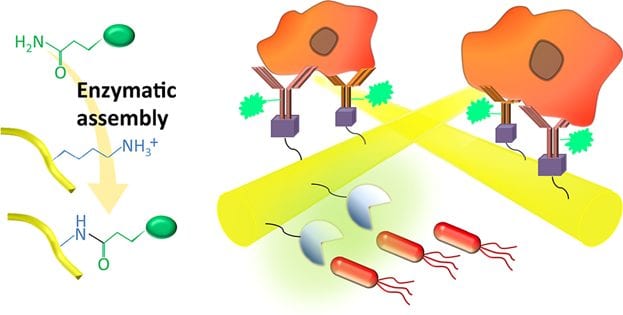


Biofunctionalized native spider silk fibers can be used in a wide spectrum of biomedical and biotechnological applications.
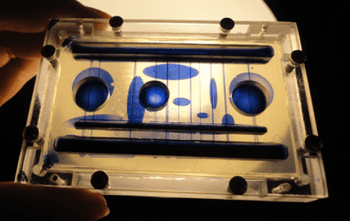
Researchers describe a novel “body-on-a-chip” device that consists of 14 interconnected compartments, each representing a different organ of the human body.
Silk, elastin and collagen are naturally occurring fibrous proteins with a tremendous potential in biomaterial systems.
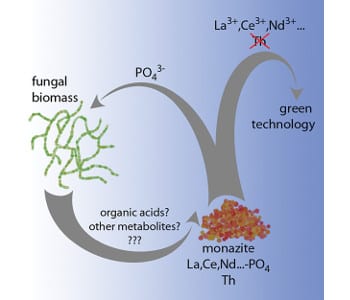
The bioleaching of rare earth elements from monazite sand by fungal strains is more effective and environmentally friendly alternative to conventional chemical extraction approaches.
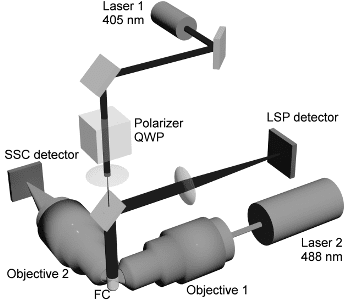
A new scattering flow cytometry based method enables accurate detection and characterization of microparticles in submicron range.

Random mutagenesis of amelogenin creates a wide range of protein nanoparticles for biomedical applications.
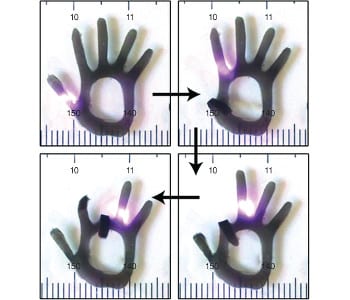
UC Berkeley researchers have published an overview of the use of mammalian elastin, collagen, insect-derived silk and resilin in biomaterials design.
Paolo Netti and co-workers have designed and characterized model tumor activated polystyrene nanoparticles (TAP-NPs) that release cytotoxic drugs.

The combination of flow cytometry and X-ray fluorescence enables semi-quantitative estimation of cellular SiO2 nanoparticles and their biological effects.